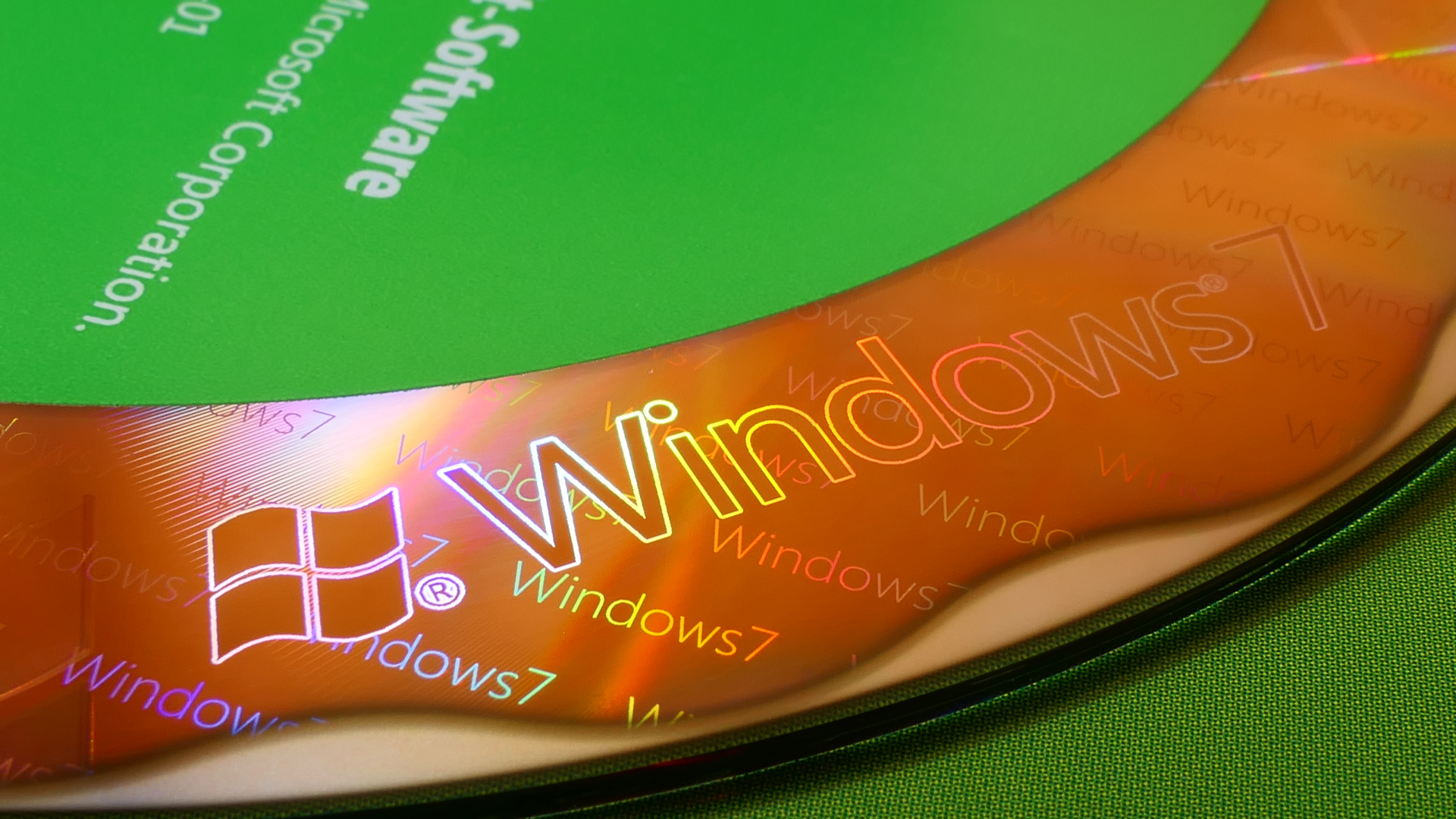Windows 7 users are refusing to upgrade to Windows 10 – despite Microsoft’s warnings

Windows 7 users appear to be sticking to their guns, and not leaving the now out of support operating system, at least going by the latest statistics from one analytics firm.
According to NetMarketShare, Windows 7 previously experienced a decent drop in desktop operating system market share from December 2019 to January 2020, falling from 29.57% to 25.56%.
- Intel releases free file transfer app to help you ditch Windows 7
- Google will continue to support Chrome on Windows 7
- The best Windows 10 deals
Of course, January was the end-of-life deadline for Microsoft’s ailing OS, so the software giant might well have hoped for a bigger migration than this. However, what has followed in February’s figures will certainly be cause for concern – as they have barely changed from January. Windows 7 now has a market share of 25.2%, so that represents just 0.36% of users moving away from the operating system.
Hardly any change at all, really, and Windows 10’s figures reflected this, with the OS only gaining 0.31% (it moved from 57.08% in January, to 57.39%, just a very slight uptick).
So it would appear that Windows 7 users made something of an initial rush for the door, and then firmly dug their heels in, as it were – despite running this operating system being a perilous endeavor, as we’ve discussed many times before.
PC slowdown
As Hexus, which spotted this, points out, Microsoft’s chief financial officer Amy Hood actually touched on this lack of movement in a recent teleconference, and explained that it was mainly due to the slowdown in new PCs coming to the market.
Hood contended that flagging chip supply was affecting the shipment of new PCs, and therefore Windows 10 (which comes pre-installed on many) adoption, and the supply chain is further being disrupted by coronavirus (which is having a big impact on the tech world overall).
Sign up for breaking news, reviews, opinion, top tech deals, and more.
All that may be true, but the operating system market isn’t all about new hardware, and we’d still expect to see a good chunk of movement from people upgrading away from Windows 7 on existing hardware. Microsoft has implemented some rather intrusive warning measures for those still Windows 7, but they don’t appear to have been all that persuasive…
Still, this is only one month, and stats from just one analytics firm, so it far from represents the entire picture of what Windows versions are running out there on the whole.
In other words, this is something to keep a watchful eye on in terms of it potentially becoming a trend, but it’s certainly an early indicator that the battle to get people to leave Windows 7 and upgrade to Windows 10 (for free, even, in some cases) might still be a tough one.
And that should be no real surprise if we look back historically at Windows XP – sometimes well-loved operating systems can hang around well past their sell by date.
- Windows 10 is falling apart – so it’s a great time to get a Chromebook
- Get the best PC VPN to stay more secure on Windows 10
Darren is a freelancer writing news and features for TechRadar (and occasionally T3) across a broad range of computing topics including CPUs, GPUs, various other hardware, VPNs, antivirus and more. He has written about tech for the best part of three decades, and writes books in his spare time (his debut novel - 'I Know What You Did Last Supper' - was published by Hachette UK in 2013).